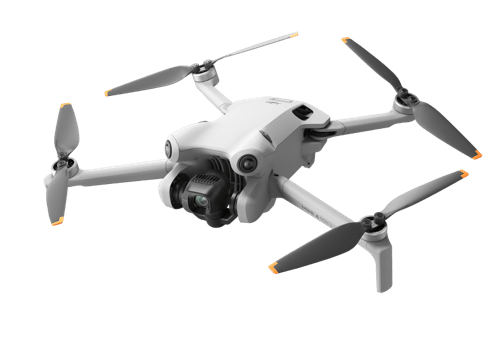UA Flight Over Moving Vehicles
Defining Moving Vehicles
In Part 107 regulations, moving vehicles include cars, trucks, motorcycles, bikes and watercraft.
These restrictions are in place to avoid the dangers of a drone crashing into a moving vehicle or distracting the driver, causing them to crash.
UA pilots are mandated to adhere to the following rules when flying over moving vehicles:
- Flight must be a transitional, brief, quick pass.
- Flight must not hover/sustain flight.
Scenarios:
Over Busy Highways:
- UA flight over busy roads like highways must be transient, meaning the UA must quickly pass over the highway without staying in one place for an extended period.
- This applies to compliant Category 1, 2, and 3 drones.
- Category 4 drones can only transit over highways if explicitly allowed by their flight manual and/or with FAA authorization. Without these, such operations are generally prohibited.
Over Boats:
Brief, transitory flights over boats in a sparsely populated area are allowed.
- No Hovering / Sustained Flight: The sUAS must not hover over the boat(s). The flight must be brief and transient. Avoid any prolonged presence over boats.
- Sparsely Populated Area: The area must be sparsely populated. This means that there should not be a high concentration of people or boats in the vicinity. This is all to reduce the risk of accidents or injury.
Over a Moving Bicycle Rider:
- No Hovering or Sustained Flight: The drone should not hover over the moving rider. The flight must be transient—meaning the drone should quickly pass over the cyclist without staying in one place. Moving bicycles are considered the same as a moving car in the case of sUAS flight as far as the FAA is concerned.
UA Flight From Moving Vehicles
Under FAA Part 107 regulations, you are allowed to operate an sUAS from a moving vehicle under the following two specific conditions:
- Sparsely Populated Area: The area must be sparsely populated (e.g., rural or remote areas) to minimize risks to people and property.
- No Compensation: You cannot be transporting property for compensation (i.e., you can’t be delivering goods for payment) while flying the drone from the vehicle.
Real Life Examples
Over Sparsely Populated Areas:
Surveying Large Areas: If you’re conducting a survey or inspection of land or infrastructure in a rural or remote area, flying the sUAS from a moving vehicle (like a truck) could help cover a large area quickly. Given you’re in a sparsely populated area, this meets regulatory requirements to fly the sUAS from the moving vehicle.
Search and Rescue Operations: In a rural or wilderness environment, a drone operator could fly the drone from a moving vehicle while looking for missing persons or assessing the situation in hard-to-reach areas, especially when driving along narrow trails or remote roads.
Transporting Property with Compensation:
If you’re a volunteer who is not getting paid for the mission (i.e., you’re not receiving compensation), then you could legally operate an sUAS from a moving vehicle, even if you’re transporting property (like emergency supplies) during a flood response, as long as the area is sparsely populated.




